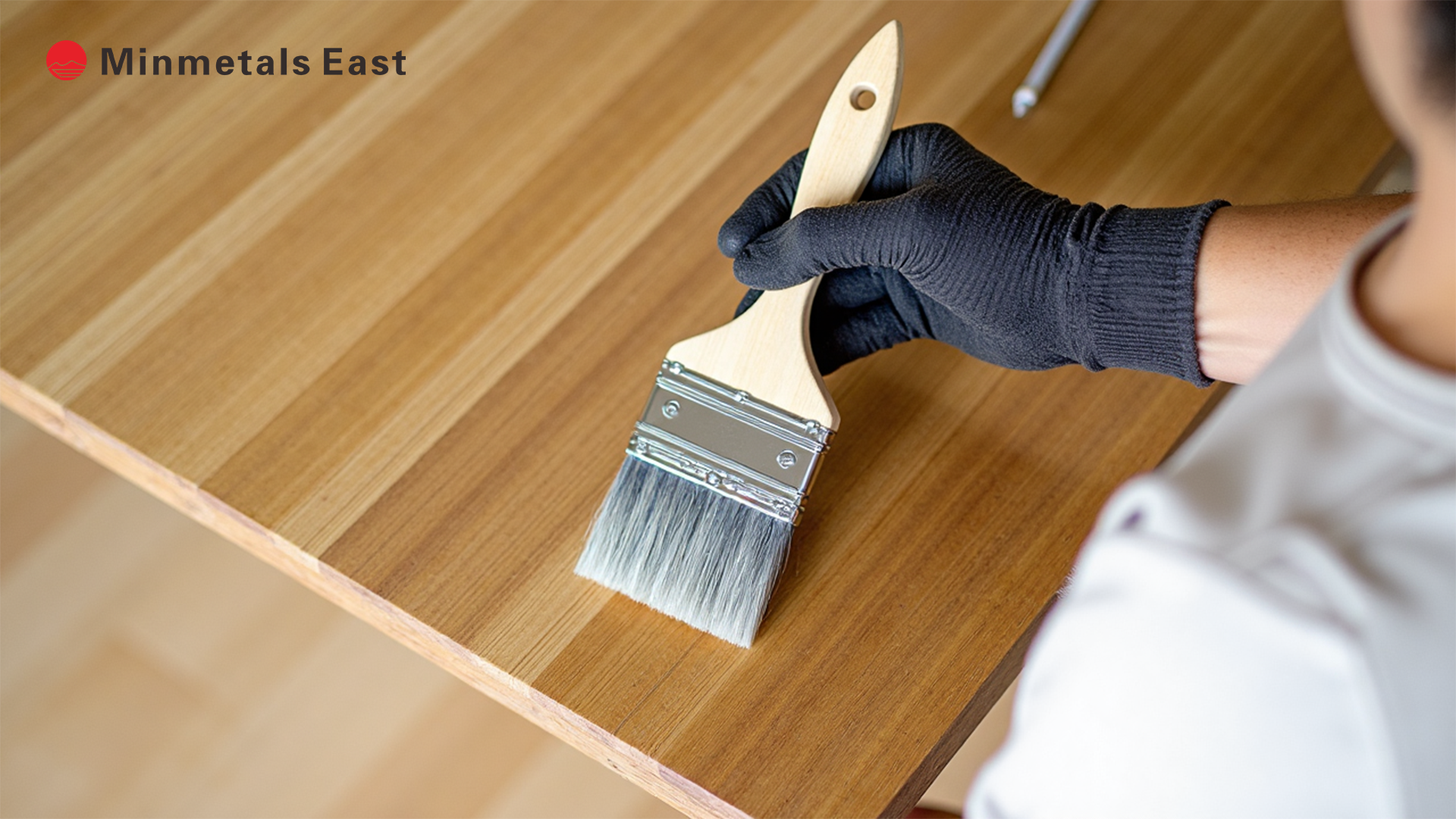Designers and customers often choose matte coatings because they look soft, smooth, and modern. Matte finishes don’t reflect light like glossy ones, so colors appear calm and rich. The surface also feels more natural to the touch. In places like homes, cars, or electronic products, a matte finish gives a quiet sense of luxury that doesn’t shout for attention.
What we see on a coated surface depends on how light behaves when it touches that surface. A smooth and flat surface reflects light in a straight, clear path, which creates a shiny or glossy appearance. In contrast, when the surface has tiny, uneven textures, the light scatters in many directions. This scattered reflection softens the shine and gives the surface a matte look. The scientific term for this process is light scattering. But not every rough surface looks good—if the texture is too harsh, the result may appear chalky or feel gritty. A proper matte finish needs a carefully controlled level of surface roughness. It must be just textured enough to scatter light, but still fine enough to keep the surface looking clean and smooth. This balance is what gives a coating its soft, elegant, low-gloss look.
Silica is one of the best matting agents used in modern coatings. It is highly valued for several reasons:
Unlike other materials, silica does not make coatings look dull or feel chalky. Instead, it helps create a fine, controlled matte look without sacrificing the smoothness of the finish.
Silica controls the feel and look of a matte surface in a very direct way. That control comes from the size and structure of the silica particles. Here's how it works:
| Particle Size | Matte Effect | Surface Feel |
|---|---|---|
| Small (3–5 µm) | Soft matte | Silky-smooth |
| Medium (6–8 µm) | Medium matte | Smooth with slight texture |
| Large (9–12 µm) | Deep matte | Noticeable texture |
In addition to size, particle shape also plays a role. Hollow or highly porous silica offers higher light scattering X. This helps reach deep matte levels with less material.
Designers and formulators can fine-tune these features to reach the right balance for each use. A mobile phone case might need a low-sheen smooth feel, while wooden furniture may require a deeper matte with natural texture.

A good matte finish is not only about lower gloss. It also needs to feel even and clean to the eye and hand. Silica helps with this in several ways:
The result is a finish that not only looks soft but also feels premium. There are no visual defects, no gritty texture—just consistent, smooth coverage.
To get the right matte look, several things must be carefully handled. These include:
Deep matte looks amazing, but some worry that a softer finish may scratch easily or wear out fast. Silica helps fix that problem.
With careful formulation, coatings can look ultra-matte and still hold up under daily use.
Silica-matted finishes are not just for looks—they serve real roles in many industries. Let’s look at where they work best:
A matte finish reflects thought, control, and style. Silica helps build that finish in a smart, reliable way. It’s not just about reducing shine; it’s about shaping a surface that feels and performs just right.
Q1: What types of silica are used in matting agents?
Q2: How important is pH in dispersion?
Silica carries an electric charge. That charge reacts to pH levels. Staying between 6 and 9 keeps particles floating evenly. Outside this range, particles may cluster or sink—ruining the matte effect.
Q3: Can I use silica in water-based coatings?
Yes—but only certain grades. Use treated silica to stop swelling or clumping. These grades work better with water and give you a more even finish.
Q4: Why is surface treatment used on silica particles?
The outer surface of the particle gets adjusted—usually with silanes or waxes. This prevents over-thickening and also blocks unwanted moisture effects, especially in humid setups or water-based coatings.
Q5: Does silica affect other coating ingredients?
Yes. It can interact with things like thickeners, wetting agents, or anti-settling aids. These overlaps may trigger unexpected viscosity spikes. To manage this, use slow blending and test in advance.
Q6: What are warning signs of poor silica dispersion?
Q7: Could silica increase drying time?
In solvent-based coatings, yes. Heavier particle loads hold more surface area, which can delay drying. This can be corrected with faster solvents or a slight shift in drying protocol.